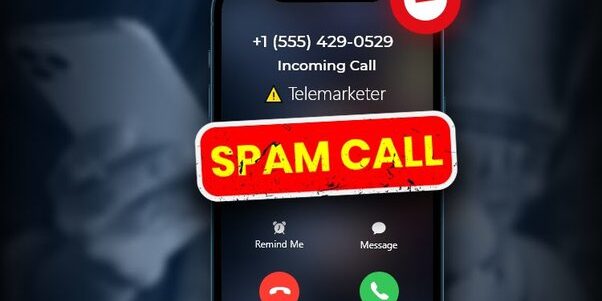It’s become more and more common recently that legitimate businesses find their primary business number flagged as spam. This obviously creates a big problem when contacting customers and potential customers even when you have a legitimate reason to call and the customer wants to receive the call.
Why do Numbers Get Flagged as Spam
The recently-passed TRACED (Telephone Robocall Abuse Criminal Enforcement and Deterrence) Act, which mandates that telephone carriers implement standards to combat robocalling, is also affecting legitimate businesses, since frequent outbound calling can lead to a telephone number being flagged as spam.
In an effort to protect consumers against abusive robocalls, carriers are increasingly implementing call blocking programs and Spam likely Caller IDs. We observed AT&T, Verizon, and T-Mobile increasingly blocking calls and tagging calls as spam that they feel fit typical robocalling campaign characteristics such as high-volume, short-duration calls originating from a single number.
There are many, many legitimate use cases for high-volume, short-duration calls including school closing notifications, weather alerts, patient reminders etc. These are entirely valid and legitimate use cases where recipients want to receive these calls and have opted-in to receive these calls; however, when viewed en-masse at the network level, they can look like illegal robocalling.
Currently it only SIP traffic that falls under the stir/shaken rules and traffic scrutinized. Old school TDM services such as PRI, analog lines, LD T1s are not subject to attestation and all traffic is allowed to pass. Ironically though most all traffic now days is SIP traversing carrier data networks.
What can you do if your Number is Flagged as Spam
- If you believe your business telephone number is currently being flagged as spam on the called party’s caller ID, you can contact their telecommunications provider to review your status. It is the receiving carrier that scrutinizes the traffic and marks it as spam. Most carriers mark their own customer traffic as “A” traffic meaning it is legit and should be allowed to pass, however the receiving carrier has additional analytics that they use to determine if the call is likely spam. In particular it seems to be wireless carriers doing the most flagging.
- In order to ensure your outbound calls are not miscategorized as unwanted or fraudulent calls by the wireless carriers, we highly encourage you to proactively request whitelisting of legitimate outbound calling use cases from each of the major wireless carriers.
- Monitoring your numbers, improving your dialing practices, and swapping out your numbers are the best ways to maintain your business’ reputation. However we recommend Investing in “Reputation Management” and have a carrier proactively manage your numbers to keep traffic from being blocked by spam flagging. The efforts you can do yourself will help but it is very likely you will be blocked again even after working to get whitelisted. Only by using a service that proactively does this for you can you rest at ease knowing you’ll be verified.







